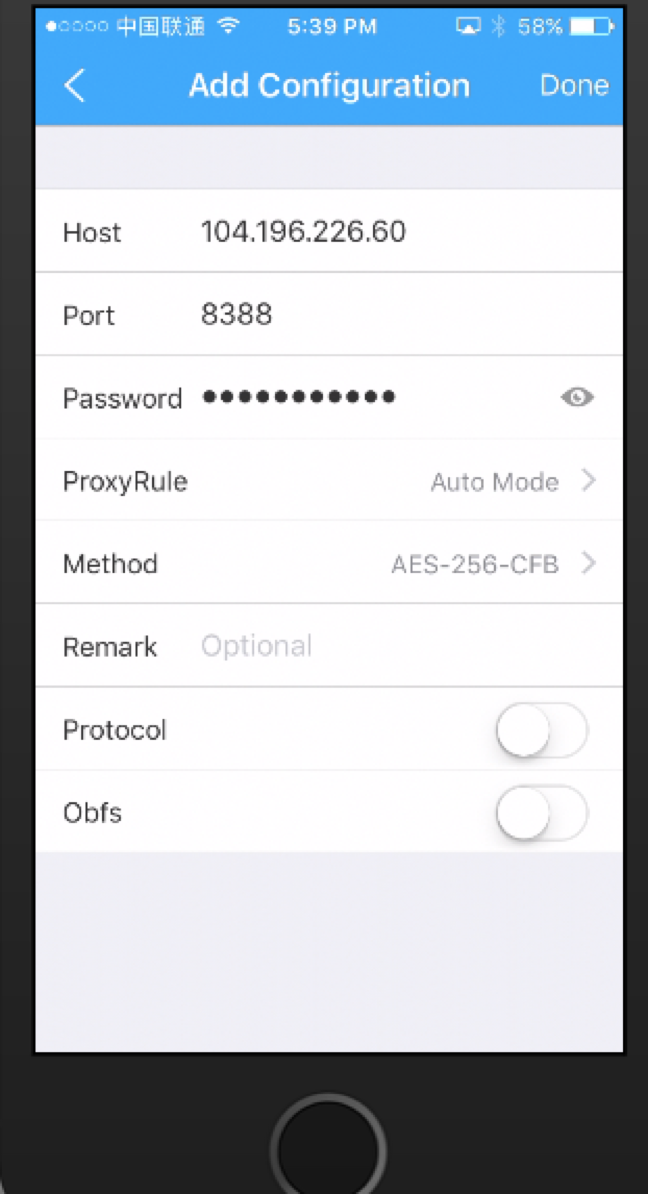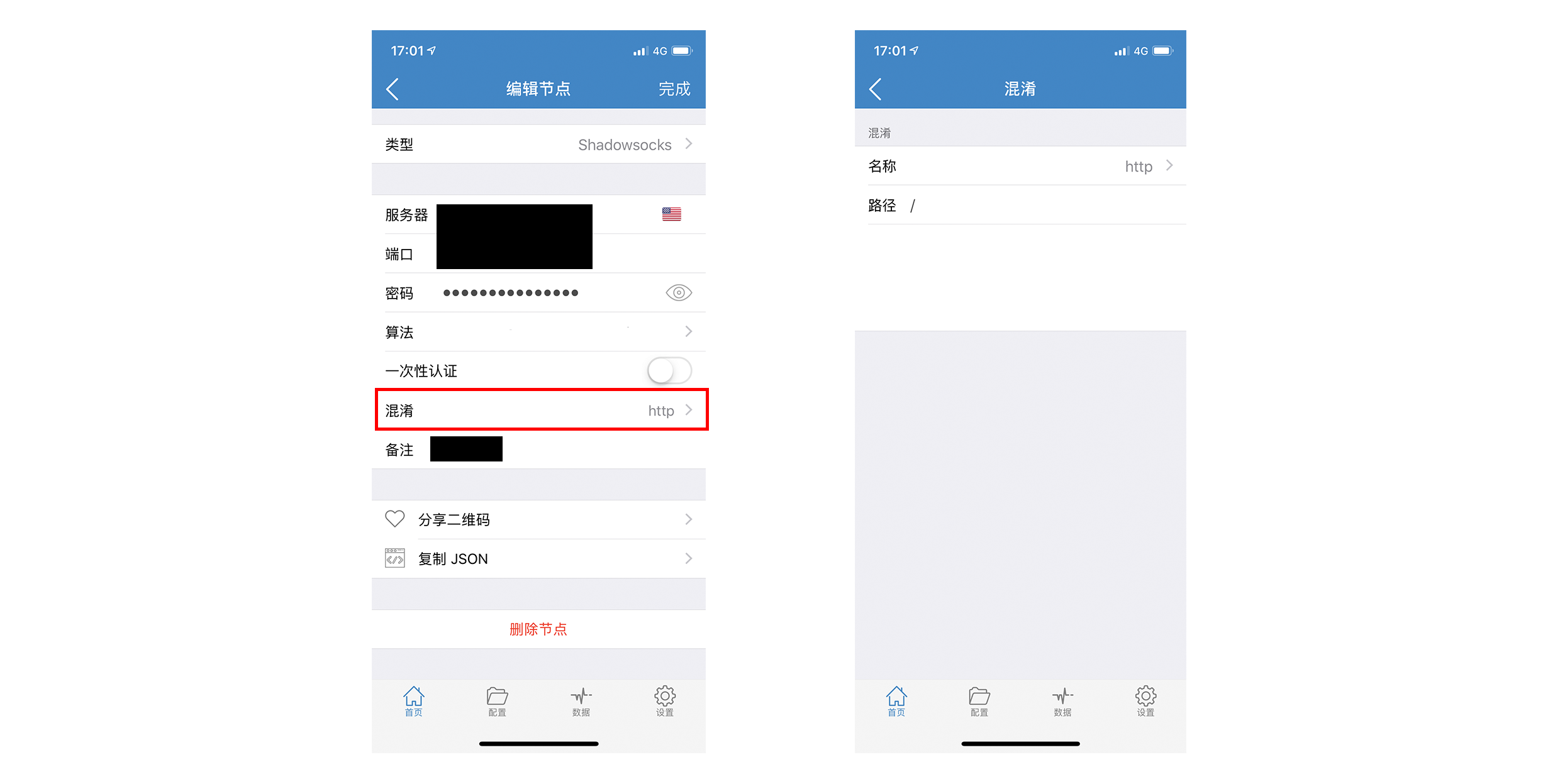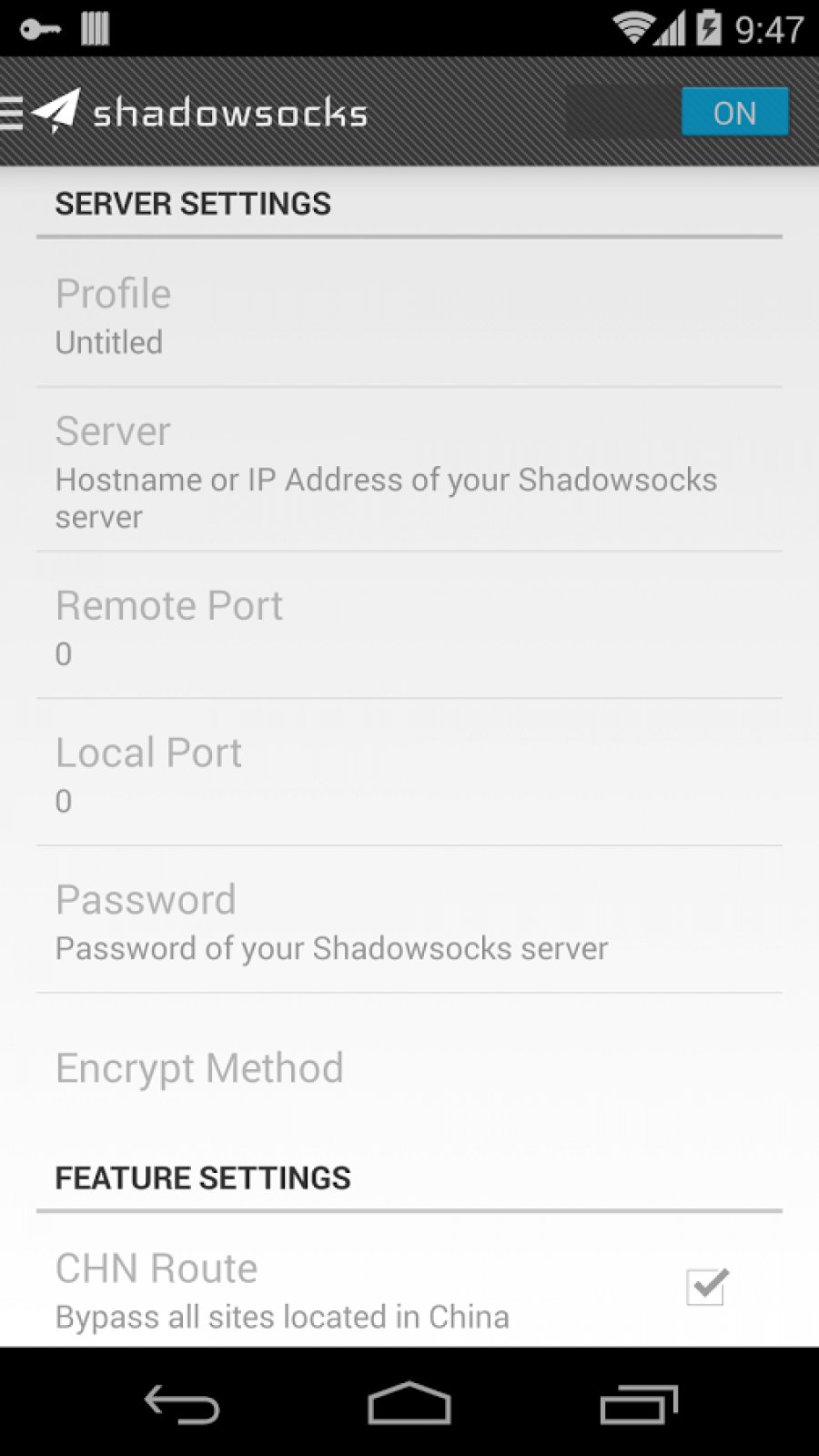

Most default settings on this page are fine for using Shadowsocks, you can just skip them, and some options. To be more precise, after you add your proxy server details and enable your secure connection, you can navigate the Internet in complete anonymity by redirecting the traffic sent and received from your computer to multiple other servers.Īll in all, Shadowsocks provides you with a straightforward solution to conceal your real IP address and surf the web privately by just specifying the servers that you want to use. After you created your DigitalOcean account, login the account, and you will see a green Create button on the top of page, click on it and click Droplets in the sub-menu, it will take you to a page for setting up a new server.

The difference between the two is that the program comes with an encrypted protocol that is slightly simpler to use. Therefore, the tool makes sure that nobody outside your internal network – including your Internet Service Provider or the LAN administrator – can actually view your traffic. Similarly to the Socks5 proxy protocol, the utility enabled you to establish a TCP connection to a random IP address and provides you with a safe method to submit UDP packets. If you don’t have the subscription yet, get Surfshark here. Shadowsocks is a secure socks5 proxy that designed to provide a framework for client-server applications in both the TCP and UDP domains to conveniently and securely use the services of a network firewall. To follow the instructions in this tutorial, you will need to have an iOS device running iOS 10.3.3 or later and an active Surfshark VPN subscription. However, along with the emergence of more advanced application layer protocols, there also comes the need to provide a more efficient framework that is capable of traversing safely and transparently via a firewall. With iOS 10, they raised this limit to 15 MByte, which now looks actually usable.

Generally speaking, the role of network firewalls is to act as an application-layer gateway between internal network structures while protecting them from the exterior. For example, there already are working implementations of ShadowSocks.


 0 kommentar(er)
0 kommentar(er)
